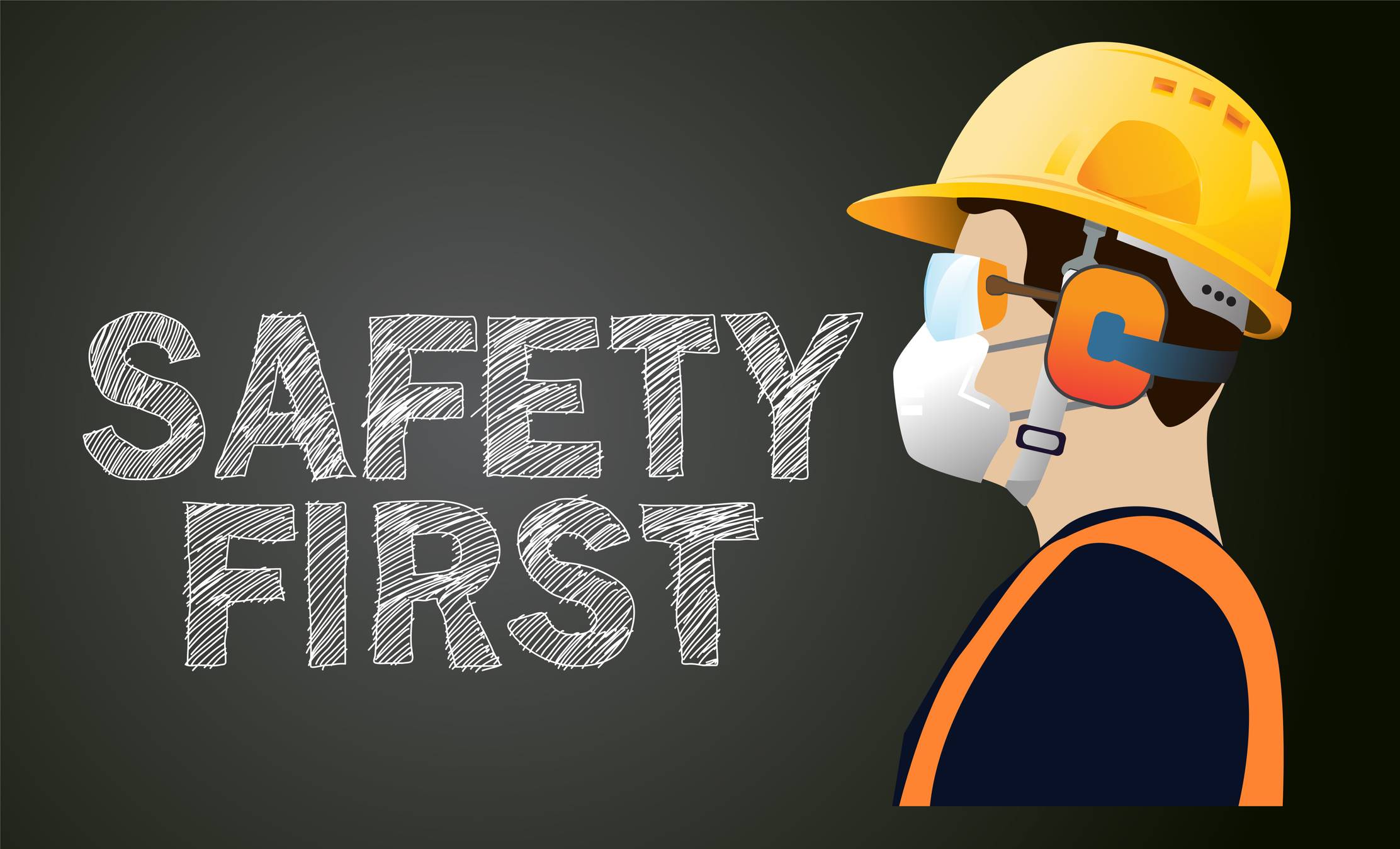While employee safety should always stay top of mind, there are additional precautions that must take place over the summer. If you have a team working outdoors or in the summer heat, you are required by law to take measures to protect them. From the Occupational Safety and Health Administration (OSHA), here’s what you need to do.
Make a Plan
The first step is to develop a written heat illness prevention plan. This should cover all details of your attempts to reduce heat related illnesses, from lowering employee exposure to extreme heat to determining when medical intervention is required. The more detailed the plan, the more likely it is to actually help lower the risk of heat related illnesses. Ensure you have employee engagement targeting the summer environment.
Provide On-Site Monitoring
Someone needs to be in charge of implementing your plans in real time. This should be a person with some authority who is regularly on site. If you have workers who may be exposed to heat risks while offsite, such as delivery drivers, make sure they are fully trained on who to contact with heat related concerns.
Develop Acclimatization Procedures
People build up heat tolerance slowly, over time. It’s important to develop procedures to help new workers, temp employees, and those who have been away for more than a week acclimatize to the heat. All workers are also at greater risk during extreme heat waves, as well as when the summer heat first starts. Protocols should include shorter work periods, more frequent breaks, and never leaving someone who is not acclimatized alone. These precautions should last for one to two weeks before the employee assumes normal duty in the heat.
Evaluate Heat Stress Risk
It’s important to understand how heat stress is generated so that you can accurately determine the risk to your team. Both environmental factors, such as the actual outdoor temperature, and personal factors, such as the type of work being performed, play a role. Before sending teams outside each day, take a moment to evaluate their heat stress risk and put the appropriate precautions in place.
Reduce Heat Stress
It’s up to you to reduce workers’ heat stress levels as much as possible. Rest, water, and shade are the basic building blocks. Workers must drink at least 8 ounces of fluids every 20 minutes in the heat. But those who are exposed to high temperatures for more than two hours need sports drinks with electrolytes, not just plain water. Everyone working in the heat should take a rest break at least every hour, preferably in a cool location. Work with engineering to rig shade tents, misting fans, and other cooling devices near every outdoor workspace.
Heat related illness can be serious or even deadly, and employers are responsible for minimizing the risks. Follow the tips above to help keep your workers safer this summer.
Ready to hire?
Trying to scale up your team? Turn to SURESTAFF today! Need more information on risk management and OSHA, visit our resources page for helpful guides to OSHA, workers’ compensation and risk management. For more information on risk management, click here.

